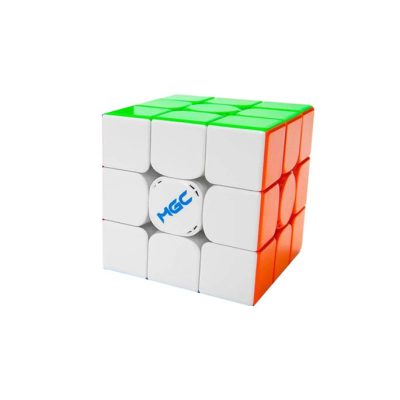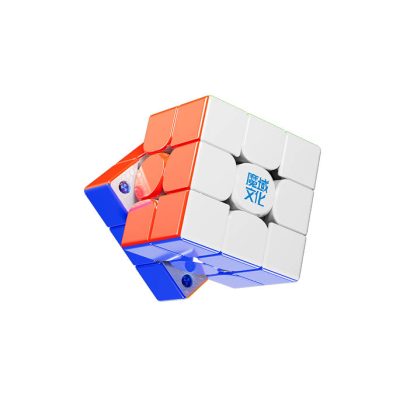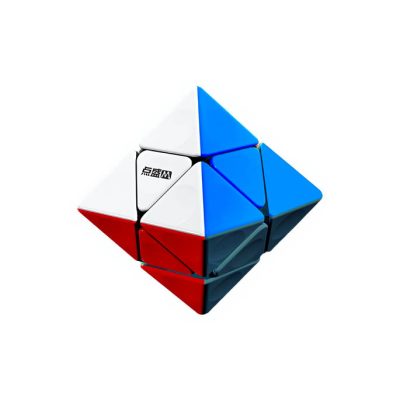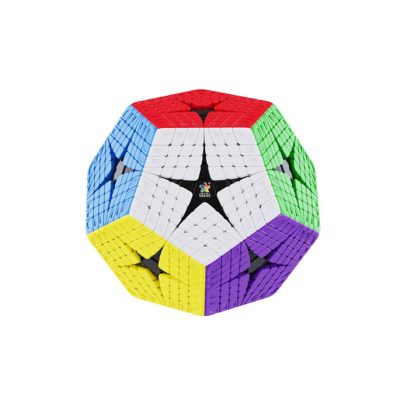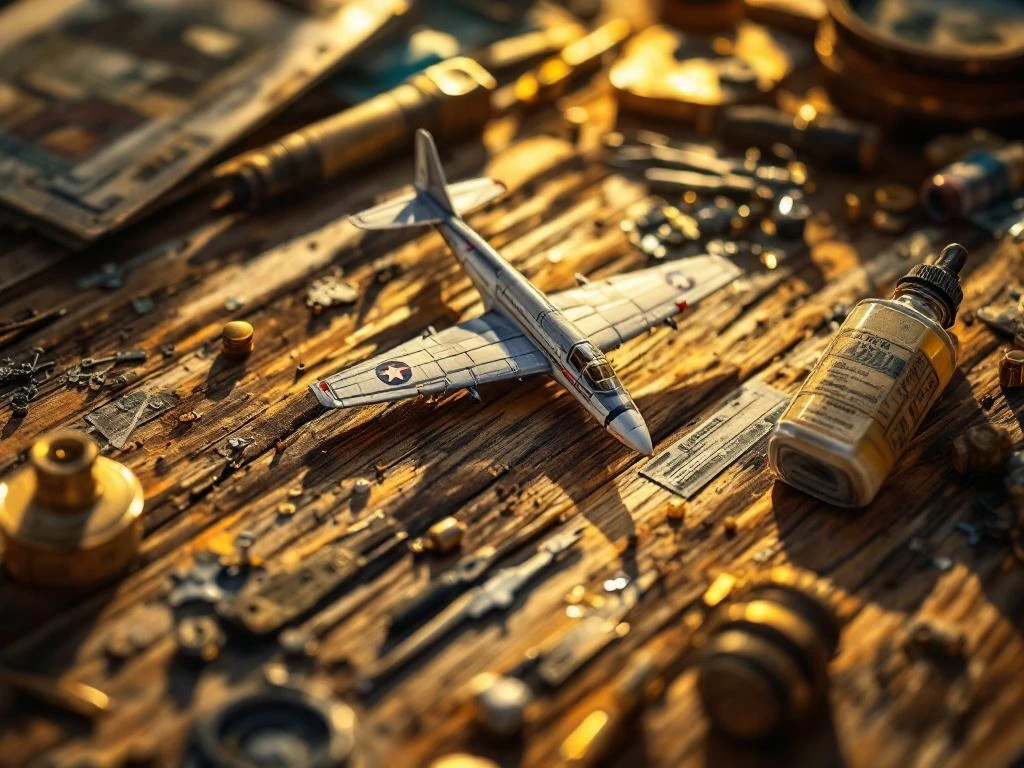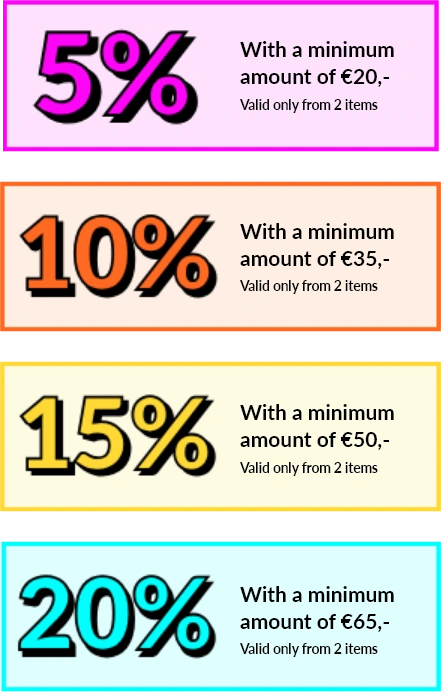-
 Dave Vinke
Dave Vinke
- Leestijd: 5 min
- Laatst geüpdatet: 29/08/2025
Creating realistic mud effects on tank models requires the right materials, techniques and a keen eye for detail. Start by gathering pigment powders, acrylic paints and texture pastes, prepare your model carefully, and build up the mud layer by layer using different techniques for wet, dry and splattered mud. Pay special attention to natural colour variations and place mud where it would logically accumulate, such as around the tracks, in corners and on horizontal surfaces.
What are the best materials for realistic mud effects?
For convincing mud effects you need a combination of pigment powders, acrylic paint, texture pastes and natural materials. These materials together form the foundation for any realistic mud effect on your tank model.
The essential materials you need are brown and grey pigment powders from brands like Vallejo, AK Interactive or MIG Productions. You can mix these powders with water, turpentine or special binding agents to achieve different consistencies. Texture pastes like Vallejo Thick Mud or AK Interactive Muddy Ground instantly add volume and structure to your mud.
For beginners, cost-effective alternatives are available. Regular acrylic paint mixed with baking soda or fine sand from the garden works well for initial experiments. Dried coffee grounds, ground chalk or even real soil can also produce interesting results. The key is using materials with different grain sizes for a natural effect.
Besides the basic materials, you’ll also need good brushes, sponges, toothpicks and a palette. A hair dryer helps speed up the drying process, whilst matte varnish protects your work without losing the natural appearance.
How do you prepare your tank model for mud effects?
Proper preparation is essential for lasting mud effects. Start by thoroughly cleaning your model with isopropyl alcohol to remove all grease and dust.
First apply a protective base coat over your finished paintwork. This can be a layer of matte varnish that protects the underlying paintwork from the chemicals in your mud mixture. Allow this layer to dry completely before proceeding.
Next, study where mud would naturally accumulate on a real tank. Think about the underside of mudguards, around the tracks, in corners and crevices, and on horizontal surfaces. Mud also splashes up from the tracks onto the sides of the vehicle.
Protect areas that need to stay clean with masking materials. Use masking tape for straight lines and liquid masking medium for irregular shapes. Don’t forget to cover optics, periscopes and other vulnerable components. A good tip is to study photos of real tanks in muddy conditions for inspiration.
Which techniques do you use for different types of mud?
Different types of mud require specific techniques. For wet mud you mix pigment powder with gloss medium and a little water until a thick paste forms.
For fresh, wet mud use a sponge to dab the mixture onto the model. This creates a natural, irregular texture. Work in thin layers and build up gradually. For shiny, wet mud add extra gloss medium to your mix. This technique works perfectly for freshly splattered mud.
You create dried mud with cracks by applying a thick layer of texture paste and letting it dry rapidly with a hair dryer. The quick drying causes natural cracks. You can enhance this effect by adding crackle medium to your mix.
For mud spatters use an old toothbrush. Dip it in diluted mud paint and run your thumb across the bristles whilst pointing the brush at the model. Practice first on a piece of cardboard to find the right consistency and distance. Vary the size of the spatters by adjusting the distance and thickness of the paint.
How do you ensure mud effects look natural?
Natural mud effects come from subtle colour variations and realistic details. Never use a single brown colour, but mix different shades of brown, grey and even black for depth.
Start with dark tones in the deepest areas and work towards lighter colours on surfaces where the mud begins to dry. Dry mud is always lighter than wet mud, so consider this when applying your layers. Add small amounts of ochre or beige to dried areas for extra realism.
Details make the difference between good and outstanding mud effects. Add small leaves, twigs or grass blades to your mud. You can make these from dried tea leaves or commercial modelling materials. Place them strategically where they would naturally get caught.
Ensure smooth transitions between clean and dirty areas. Mud doesn’t accumulate evenly everywhere. Use dry pigments to create dust effects at the transition between muddy and clean areas. This provides a natural gradient and prevents harsh lines between different zones on your model.
Where do you find the best materials for tank modelling?
High-quality modelling materials are essential for professional results. Specialist modelling shops offer the widest range of pigments, texture products and tools.
With us you’ll find an extensive range of model kits and accessories that are perfect for your tank project. We have not only the models themselves, but also all the necessary materials to bring them to life with realistic effects.
Quality materials make a significant difference to the final result. Cheap alternatives can discolour or come loose over time. Therefore invest in products from reputable brands specifically developed for modelling. This guarantees lasting results that you’ll enjoy for years.
Take advantage of our automatic discounts on multiple items. This makes it cost-effective to purchase different materials together for your project. With our fast delivery you’ll have everything the next day, so you can start working on your mud effects immediately.
Frequently Asked Questions
How long should I wait between applying different mud layers?
Wait at least 2-4 hours between thin layers and 24 hours for thick texture layers before applying a new layer. Drying time depends on humidity and layer thickness. Always test gently with your finger whether the layer is completely dry, especially with pigment mixes that stay moist longer.
Can I remove mud effects if I'm not satisfied with the result?
Fresh, wet mud effects can usually be removed with a damp cloth or cotton swab within 30 minutes of application. For dried effects use isopropyl alcohol carefully on a cotton swab, but test this first on an invisible area. This is why a good protective varnish layer is so important - it prevents damage to your base paint.
Which scale works best for realistic mud effects on tanks?
Scale 1:35 is ideal for detailed mud effects because the texture remains clearly visible without becoming too coarse. For smaller scales like 1:72 use finer pigments and thinner layers. For larger scales like 1:16 you can use coarser textures and create more depth with thicker layers.
How do I prevent pigment powder from coming loose from my model after drying?
Always fix pigment powder with a binding agent like pigment fixer, matte varnish spray or isopropyl alcohol that you carefully drip over the pigment. Spray from 30cm distance in light mists to avoid blowing the pigment away. For extra durability you can apply a second fixing layer after 24 hours of drying.
Should I combine different mud types on one model or is one type sufficient?
Always combine multiple mud types for maximum realism - a tank rarely drives through just one type of terrain. Use wet mud near the tracks, dried mud with cracks on horizontal surfaces, and mud spatters on the sides. This variation tells your vehicle's story and makes it much more believable.
What are common mistakes when creating mud effects that I should avoid?
The biggest mistakes are: applying too much mud at once (work in thin layers), using the same colour everywhere (vary your tones), mud in illogical places like on top of the turret (think about gravity), and forgetting to fix (causing everything to come loose later). Start small and build up gradually for the best result.
Table of contents
Much viewed
More blogs
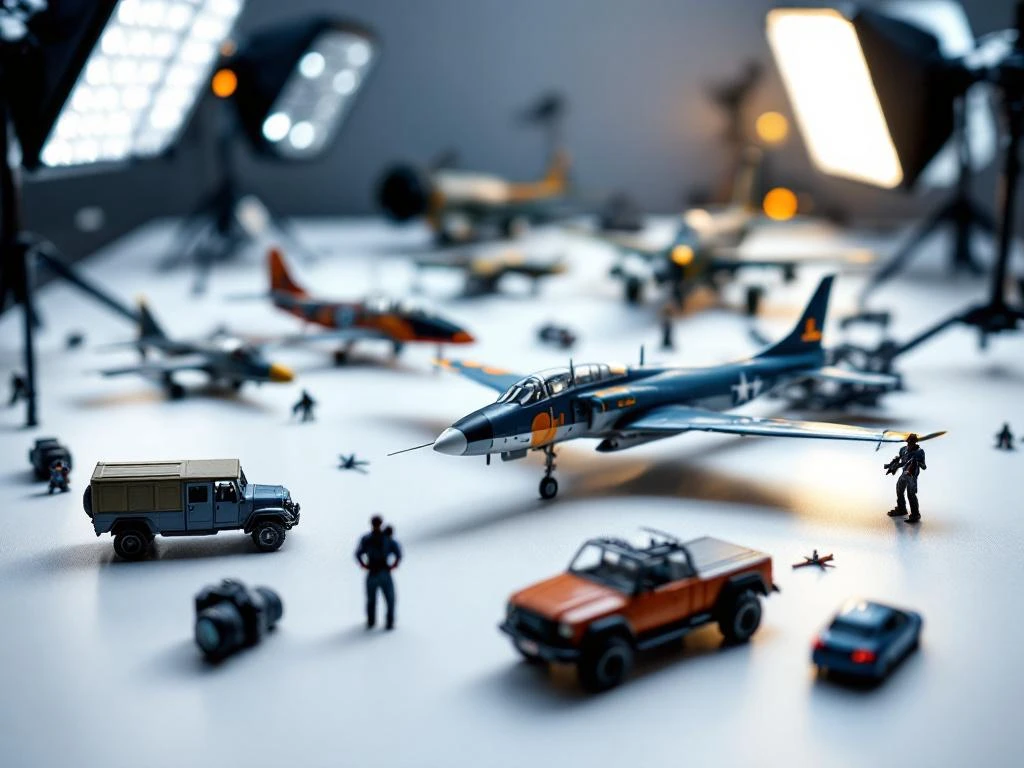
How do you photograph model building projects professionally?
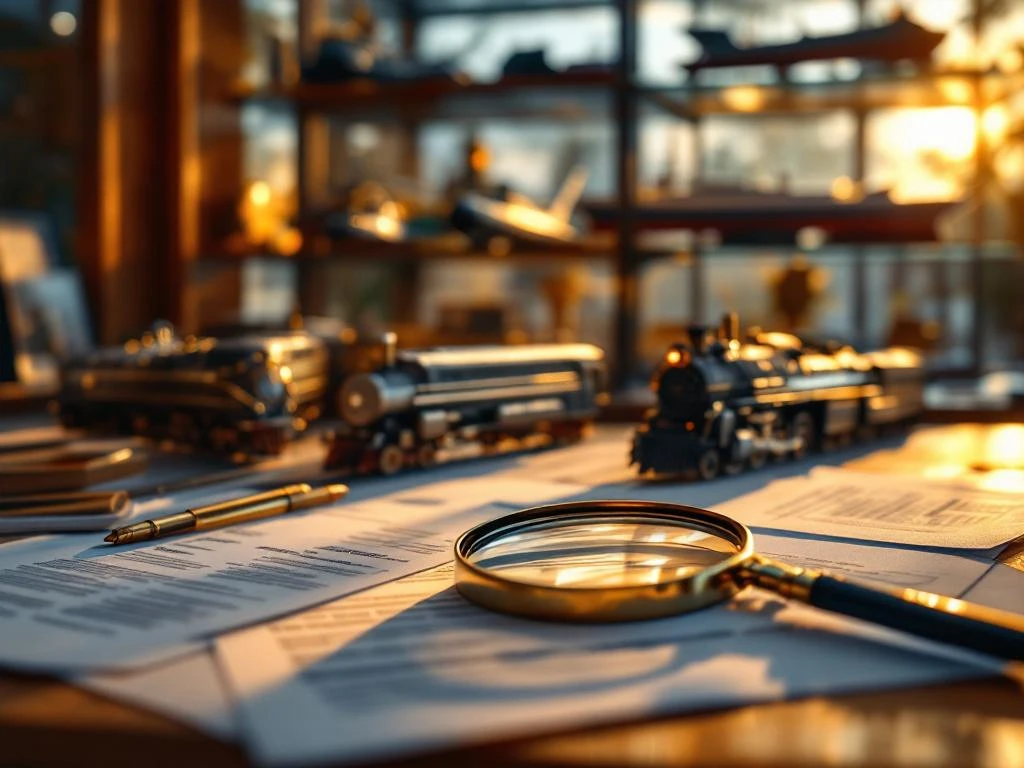
What insurance options are available for valuable model building collections?

